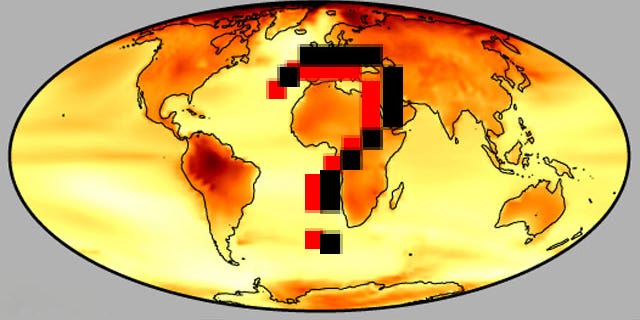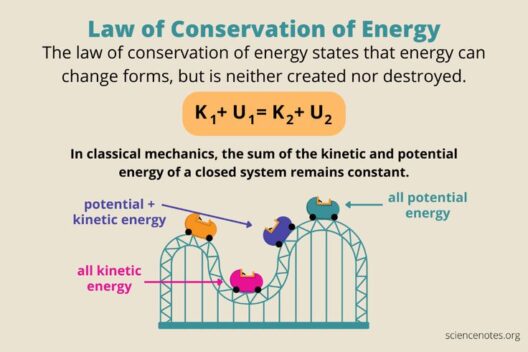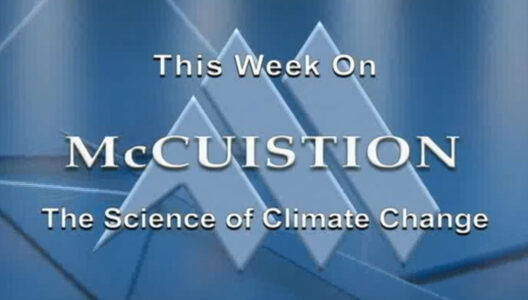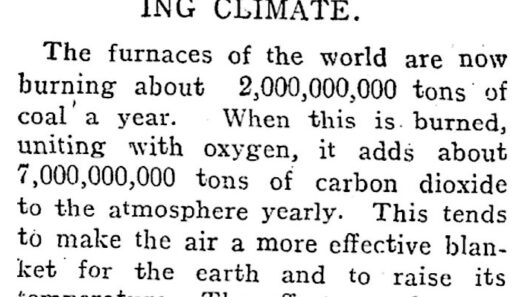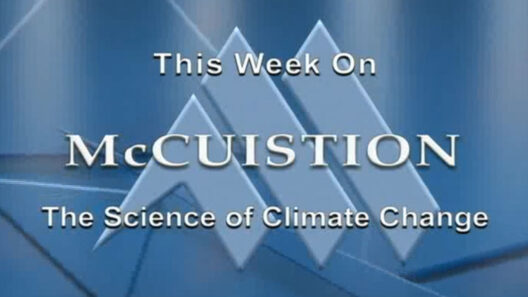Global warming, once a distant concern, has emerged as a preeminent issue of our era. It stands at the intersection of science, politics, and societal behavior, with predictions increasingly paramount to shaping public policy and individual action. However, the veracity of many of these predictions has often been called into question, with some forecasts proving alarmingly inaccurate. This narrative explores various instances in which global warming predictions fell short, thus punctuating the need for a more nuanced understanding of climate science.
The tale of global warming predictions began in earnest in the 1970s. During this decade, scientists alerted the public to the dangers of climate change, driven by the burgeoning field of climate modeling. The predictions were grounded in emerging temperature datasets that indicated a warming trend. However, these early forecasts were often simplistic, failing to account for the full range of variables influencing climate systems. The specter of catastrophic warming was presented, but the specifics were vague at best. The science of climatology was still in its infancy, and the forecasts relied heavily on extrapolating future scenarios from limited historical data.
By the late 1980s, climate models had advanced, fueled by increased computational power and a deeper understanding of atmospheric processes. In 1988, the Intergovernmental Panel on Climate Change (IPCC) was established, consolidating scientific research and policy recommendations. The early IPCC reports predicted that global temperatures could increase by 1 to 2 degrees Celsius by the year 2050. While these estimates were not wildly off, a recurrent theme emerged: predictions often leaned toward the more severe end of potential outcomes without fully acknowledging uncertainties involved in climate science.
Fast forward to the late 1990s. Climate scientists posited that we were on the brink of irreversible devastation. In a widely cited 1995 report, climate models suggested that the Earth could warm by up to 3 degrees Celsius within a hundred years if greenhouse gas emissions weren’t curtailed significantly. Yet, the models utilized were controversial, and the results were met with skepticism. As the years unfolded, the anticipated warming has not materialized at the predicted rates, giving way to significant debate about the reliability of climate models.
The 2000s ushered in a barrage of forecasts that ramped up fears about global warming, particularly concerning ice cap melting and sea-level rise. By 2007, confidence in climate models had surged, with reports suggesting that the Arctic could be free of summer sea ice by 2013. A decade later, this prediction had decidedly fallen flat, as sea ice levels remained higher than anticipated. The ongoing fluctuations display a complex interplay of natural variability and human influence, suggesting that our understanding has significant gaps.
In more recent years, predictions have also changed emphasis. The 2013 IPCC report indicated a significant slowdown in global warming compared to earlier models. This so-called “warming hiatus” caused a seismic shift in how scientists and policymakers approached climate action. Rather than triggering the catastrophic scenarios previously foreseen, some regions experienced colder temperatures or unexpected weather patterns, further complicating the narrative surrounding climate change.
One striking incident occurred in 2018 when a study indicated that climate models were overestimating the degree of warming due to high levels of uncertainty in predicting cloud behavior—an essential component of climate systems. This revelation revealed a critical flaw in previous predictions and necessitated a recalibration of our expectations surrounding climate change. It served as a reminder that while models can provide valuable insight, they are not impervious to error.
The oscillation in anticipated outcomes prompts philosophical reconsiderations of how society engages with climate science. The premature declaration of impending doom without robust verification can erode public trust, making individuals more skeptical about genuine threats posed by climate change. It is crucial to balance the gravity of the situation without overstating claims that could breed cynicism and hostility toward the scientific community.
Despite inaccuracies, the importance of actionable climate policy cannot be overstated. While we question past predictions, the imperative to mitigate climate change remains urgent. The dichotomy between alarmist predictions and failed forecasts should not lead to paralysis; instead, it ought to invoke a call to fine-tune our approach to climate modeling and broader environmental policy. Acknowledging the reflections of past errors becomes a stepping-stone toward innovative solutions that encompass adaptability and resilience in a rapidly warming world.
Ultimately, the timeline of global warming predictions serves as a microcosm of the intricate tapestry that is climate science. With each forecast that misfires, invaluable lessons emerge regarding the complexities of Earth’s systems. This dialogue should create space for a collaborative approach—one that engages scientists, policymakers, and the public in a concerted effort toward meaningful change. Understanding these elements will facilitate a gradual yet determined shift in perspective that fosters curiosity, resilience, and informed action in the face of global warming challenges.
In conclusion, as we navigate the labyrinth of climate predictions, it is essential to recognize both the achievements and limitations of past models. The continuing evolution of climate science should inspire optimism, reflecting an earnest dedication to confronting one of humanity’s most formidable challenges, while cultivating an informed and proactive citizenry ready to engage in constructive dialogue.



